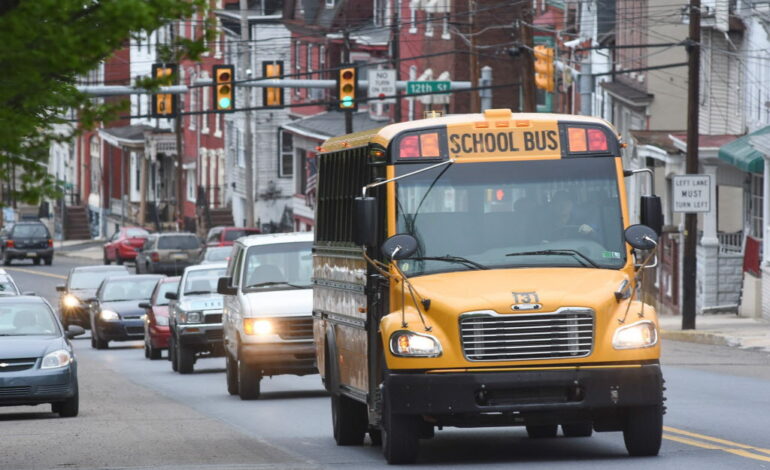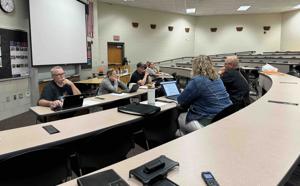Schuylkill Schools Announce Urgent Tax Increases for 2025-26

UPDATE: More than half of the school districts in Schuylkill County have just announced significant property tax increases for the upcoming 2025-26 school year, reflecting deepening financial challenges in public education. This urgent move comes as districts grapple with rising costs related to cyber charter schools, special education, and escalating operational expenses.
In a stark example, the Shenandoah Valley School District has implemented a 3.2-mill tax increase, marking its first increase since 2017-18. Superintendent Brian Waite emphasized the district’s chronic underfunding, stating they are short by nearly $8,000 per student. “These rising expenses, coupled with chronic underfunding, make it increasingly difficult to meet the needs of our students without additional local support,” Waite explained.
Across the county, districts are taking action. The Mahanoy Area School District has raised its real estate tax rate to 59.5 mills, a 3-mill increase driven by soaring unfunded charter school tuition costs, projected to reach $1.6 million. Business Manager Jack Hurst noted this figure represents a staggering 117% increase over the past decade.
The Blue Mountain School District also faces tough choices, implementing a 2-mill tax increase to address a $1.35 million deficit. Business Administrator Amy M. Tomalavage pointed to a significant 12.47% hike in health insurance costs as a primary driver.
Many districts, including Pottsville Area and Saint Clair Area, are holding the line on taxes, while also managing substantial challenges. Pottsville’s budget maintains a steady millage rate of 45.4025 mills and has avoided tax increases for 12 of the last 19 years, despite previous warnings of financial instability.
The Schuylkill Haven Area School District, with a budget of $26.4 million, has announced a 2.4-mill tax increase, its first in four years, citing rising transportation costs for out-of-district students. Superintendent Shawn Fitzpatrick stressed the importance of maintaining quality education while also aiming to reduce costs.
These developments are not isolated. Schools across the region are witnessing a shift in student enrollment, with increasing numbers opting for cyber charter programs. This trend places additional financial strain on local districts, which must absorb the costs of these alternative educational placements.
As officials navigate these funding challenges, the urgency for community support and advocacy for reform in state funding becomes increasingly critical. “We know any tax increase impacts our community,” Waite added, “and we remain committed to balancing fiscal responsibility with the educational needs of our students.”
As the situation unfolds, parents and community members are urged to stay informed and engaged with their local school boards. The implications of these tax increases will resonate throughout Schuylkill County, affecting families and students directly.
Stay tuned for further updates as more districts finalize their budgets and tax rates ahead of the new school year.






